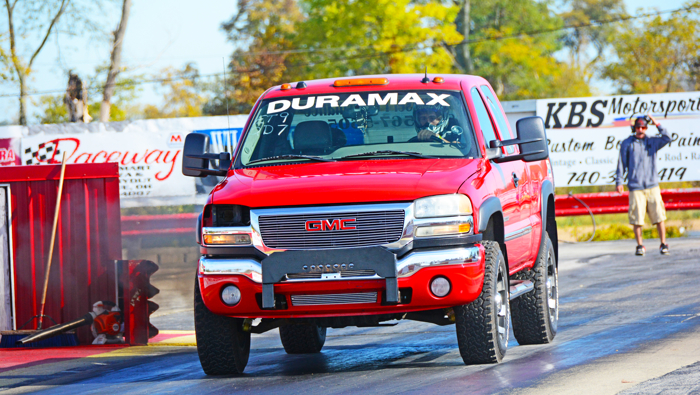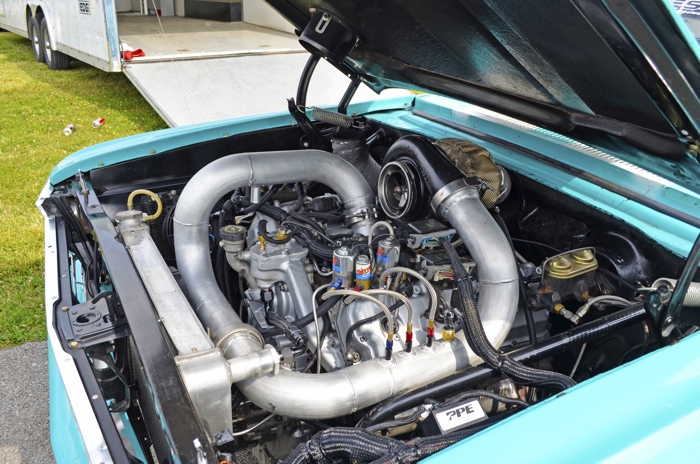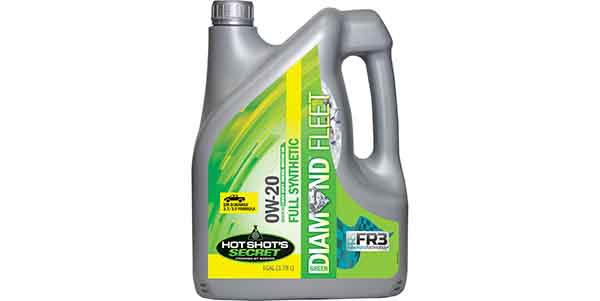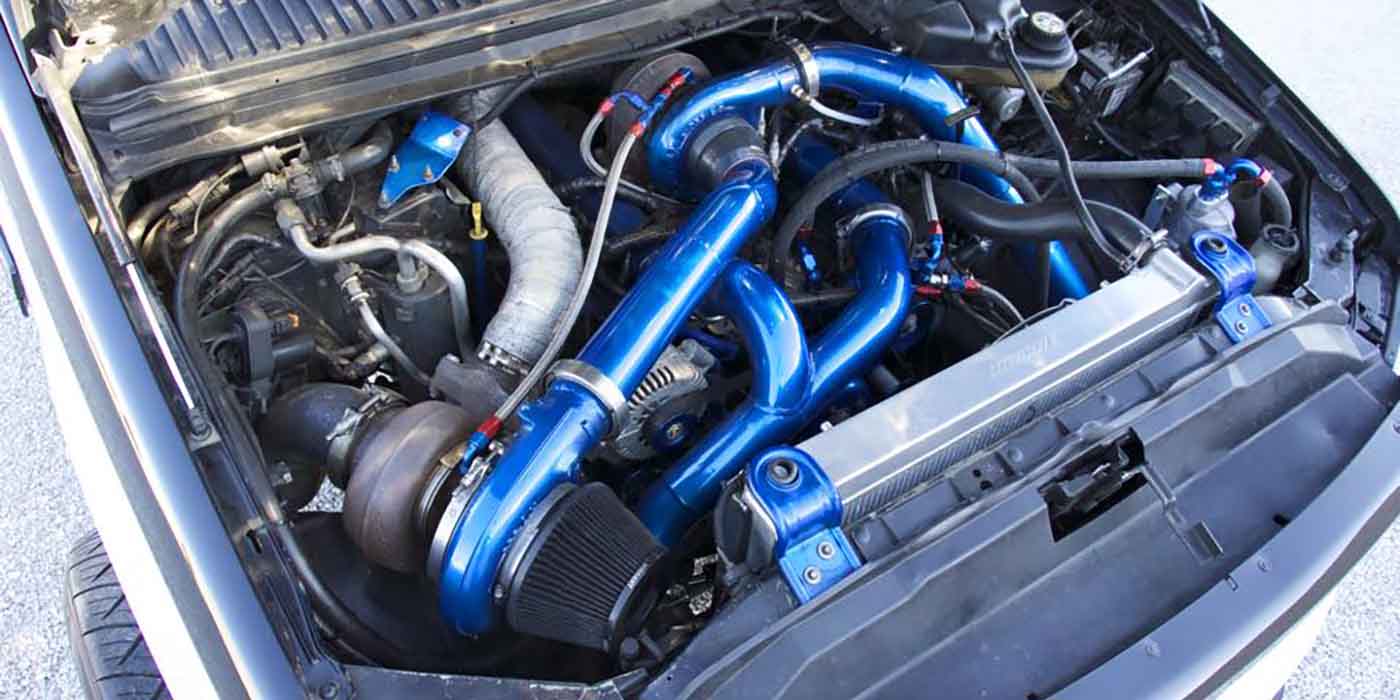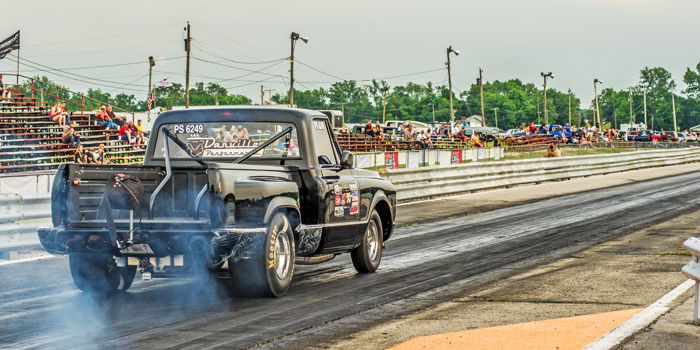
If you look back into automotive history, hot rodding and performance upgrades for power are rooted in such V8 classics as the flathead Ford and small block Chevy. But when you look on the diesel side of history, most big torque power plants utilized the inline 6-cylinder configuration since near-perfect piston to rod angles create gobs of low-end torque, which was perfect for the engines of the time.
When GM introduced its first V8-based diesel power plant in the ’80s, the results were less than stellar since they essentially took an existing small-block gasoline design and modified it to run on diesel.
It wasn’t until the early ’90s when GM bought into Japanese commercial vehicle giant Isuzu, that they got the technology to develop a truly modern V8 diesel. Since the time Duramax Diesel engines were first introduced into GM medium-duty pickups in 2001, the Duramax has become performance enthusiasts’ power plant of choice, essentially making it the small block Chevy of the diesel hot rod crowd.
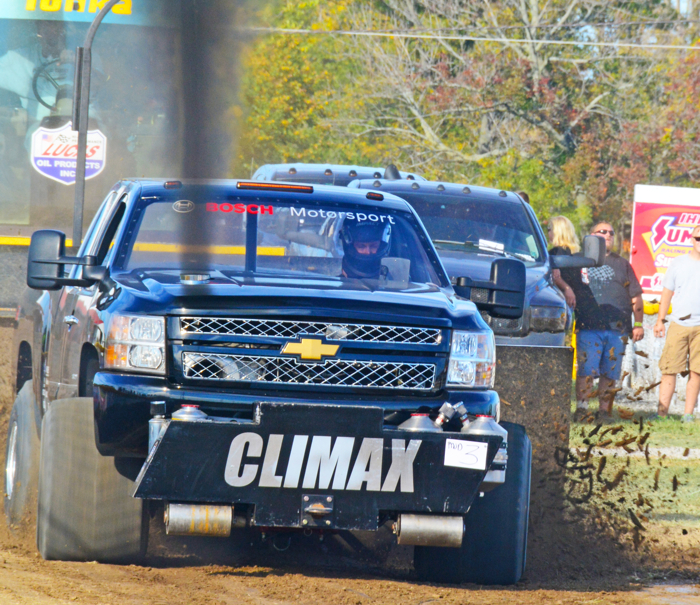
The Duramax engine started to become popular with diesel owners right off the bat with the introduction of the LB7 in 2001 trucks. Prior to that, GM was lacking in diesel offerings and was getting killed in the market by both Dodge and Ford who offered Cummins and Navistar diesel engines, respectively. The first GM LB7 Duramax was rated at 235 hp and 500 lb./ft. of torque. About 80,000 ¾ and 1-ton trucks were sold per year with yearly increases jumping sharply in 2012.
Technology advances gave rise to both horsepower and torque output increases in subsequent Duramax versions from 2004 to the LLY and the LMM in 2007. Most of the changes were emissions-related, but also for the increased horsepower and torque (LLY 310/520 & LMM 355/660) output to continue to be competitive with power advances from both Dodge and Ford offerings.
The final change came in late 2011, with GM replacing the LMM with the LML with an output of 397 horsepower and 765 lb./ft. of torque! These continuous upgrades in the Duramax were credited with sales boosts in 2012 and yearly increases of 15-18% depending on where you live in the country. Contributing to those increases was the loyalty of GM truck owners who could now compete head-to-head with offerings from both Dodge and Ford.
Since diesel trucks are used for towing and hauling and long miles, the engines/trucks gather high miles fairly quickly with owners. Granted, if proper maintenance is maintained, a diesel engine can last and perform with high miles even up to 500,000.
However, more than two thirds of the marketplace requires rebuilds or major work done between 250k-350k miles. This is a huge opportunity for diesel/automotive shops to make the change for their customer and offer upgrades for a stronger and more powerful engine. Even street trucks can easily be bumped up to 600-1,000 hp while competition engines are now pushing 1,500-2,000 horsepower.
Diesel Motorsports can attest to the popularity of the Duramax diesel power plant in both diesel drag racing and with sled pulling competitions since it can easily be modified to make big power numbers reliably and can handle higher RPMs than an inline engine.
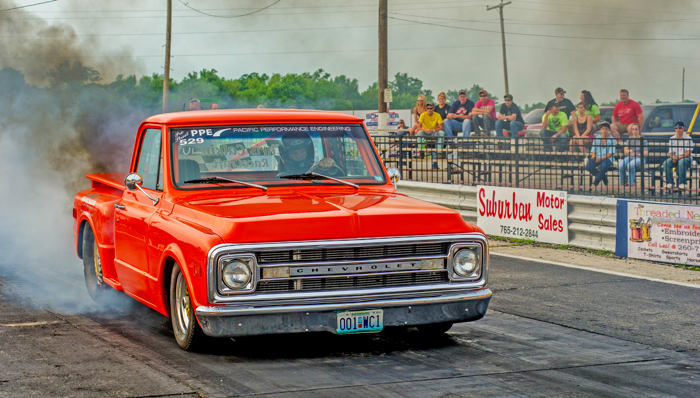
To find out the tips and tricks DMax builders use for power, we interviewed one of the top Duramax engine builder experts in the country. Kyle Michaels of Crank It Up Diesel in Urbana, OH, has run the DMax pulling truck Climax for more than 10 years and has watched the sport grow from 600 hp pulling trucks to 2,000 hp trucks. Kyle has rebuilt many different DMax engines for pulling and racing over a 10-year period.
EB: What are some of the internal engine modifications or parts that should be upgraded for increased power in the Duramax engine?
Michaels: The number one replacement is connecting rods since the OEM rods are only rated for the original horsepower. The 2001-’05 rods will shorten and eventually break causing catastrophic engine failure. Ten years ago, before aftermarket rods existed, I could shorten a set of stock rods in one pass .080-120” and the counterweights would bust the skirts off the bottom of the pistons.
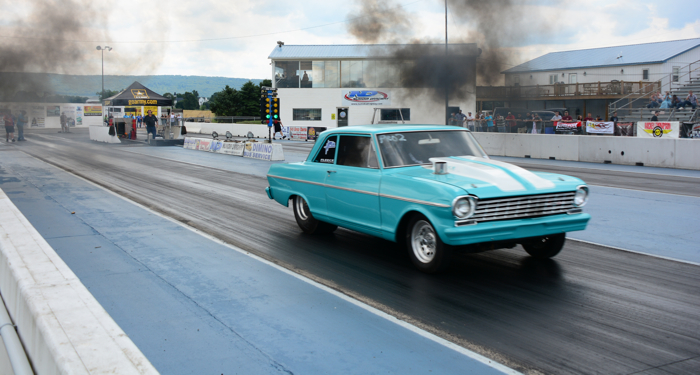
But in a normal application, 600 hp can shorten them .020” and that is enough to cause problems. Since 2006 OEM produced stronger factory rods that wouldn’t shorten until 700 hp, but at the same time got pistons that were prone to cracking at 500 hp+. So while GM made some 600 hp reliable parts, they were never put in the same motor.
By 2011, the pistons have seemed to improve some, not to the level of ‘01-’05 pistons (which work well up to 1,000 hp), but good enough that the stock internals seem to handle 600 hp somewhat reliably. A stock crank, and aftermarket connecting rods (Carrillo, Crower, Wagler Competition), ARP Main Studs, ARP Head Studs and the OEM ‘01-’05 Style pistons have proven to be a reliable up to 1,000 hp street setup.
At 1,000 hp+ the crankshaft is a problem. The fix is billet replacements offered by Bryant, Winberg and Callies.
At 1,500 hp+ we’ve cracked cylinder walls vertically into the water jackets. This has been solved by filling the block and then eventually a deck plate/sleeve setup. Stock rockers haven’t shown any problems here even with boost levels over 100 psi.
At 2,000 hp+ we are having good success with the deck plate/sleeve setup in the 2,500 hp range. Rockers are upgraded at this point to deal with 5,500 rpm at full power and 120+ lbs. of boost. Steel main caps and a girdle also help stabilize the bottom end. The trick here is clearances to survive at this power level in a tractor pulling application. We’ve even had good success with aluminum rods at this level.
EB: How many of your builds are street trucks and how many are competition engine builds?
Michaels: 9.5 out of 10 builds I do are for the street and basically consists of rebuilding the bottom end with aftermarket steel rods. Trucks in the 600-1,000 hp are the norm.
EB: What, if any, machining is needed to maximize the DMax engine?
Michaels: On the most common builds, balancing the rotating assembly for the new slightly heavier connecting rods and line honing the main journals to fix any distortion caused by using the ARP main studs should cover the machining.
EB: What is the normal cost for a block build for a 600-1,000 hp engine and a 1000+ hp block build?
Michaels: A short block build with upgraded rods and studs can be $6,000-$8,000 depending on piston choices for a 600-1,000 hp engine. A short block build for 1,000 hp+ can start at over $12,000 easy, as the crankshaft alone is more than $4,000.
Prices beyond that depend on what other modifications are asked for when adding the bolt-on performance parts.
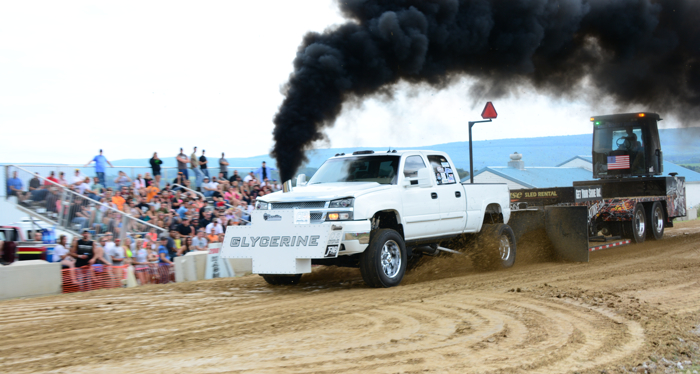
Finish Line
The marketplace seems to be growing very fast in the Duramax engine performance parts aftermarket and the request for street truck rebuilds does not slow down in any month, according to Michaels. He did state the growth is almost 1,000 times what it was 10 years ago.
When it comes to a warranty, Michaels said most engine builders offer one on the build parts and quality, however, all warranty is void if the engine is used in any type of competition. That is normal in any engine build application.
So, is there a reason to build a tougher, longer lasting block for your customer? You bet . . . you’ll keep your customer longer and the profits are much higher than an OEM rebuild.
Ron Knoch is president of the National Association of Diesel Motorsports. For information, visit www.dieselmotorsports.us.

